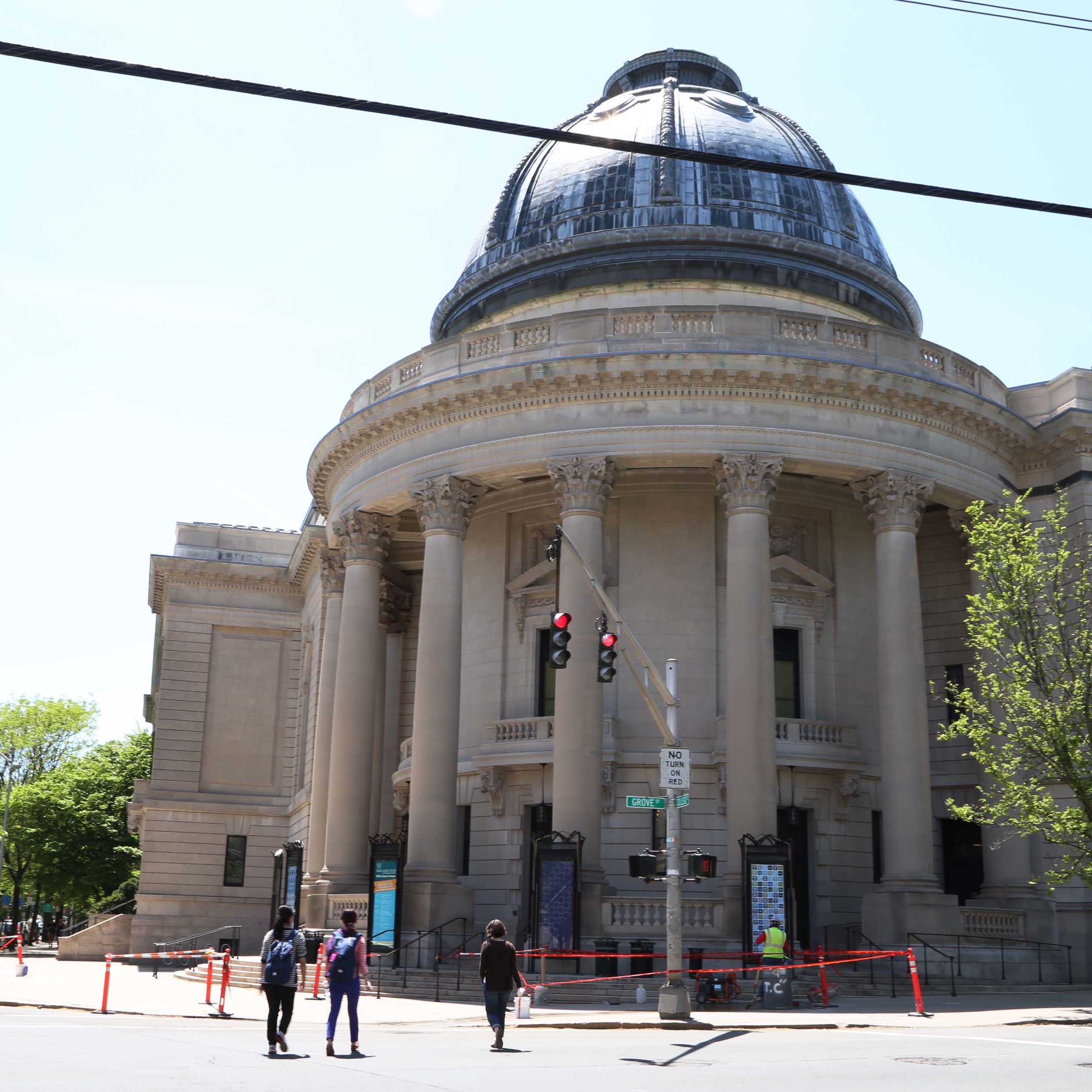
While the two new residential colleges and the Schwarzman Center were not conceived in tandem, taken together, they will make strides toward shifting the center of campus toward Science Hill and Hillhouse Avenue.
The two new residential colleges will open in the fall of 2017 and the Schwarzman Center will be completed in 2020, placing two major campus structures in Yale’s northern end. In the past, students and administrators have noted that Prospect Street and Hillhouse Avenue often feel detached from popular areas like Cross Campus and most of the residential colleges — a complaint these two projects have the potential to address. While administrators and students on the Schwarzman Center Advisory Committee interviewed emphasized that there is no overarching strategy geographically linking the new colleges and the Schwarzman Center, they recognized that the two projects will likely have a joint impact and noted that the center is in fact at Yale’s geographic center.
Steven Schwarzman ’69, who in May donated $150 million for the center’s construction, said the new colleges did not influence his decision to fund the student center, but he expects the two projects to direct the gravitational center of campus more toward Science Hill.
“I didn’t use the new colleges as an internal motivator to do the Schwarzman Center, but it’s a very good confluence of events and it will create more flow through Memorial Hall,” he said. “[The center] is sort of right in the center of the two parts of the campus, and I think the location is really ideal. It also serves the purpose of providing a place to have people from all over Yale get together, so in that sense the fact that you have the new colleges, you have the people on Science Hill — it all works out with almost a perfect confluence of events.”
University President Peter Salovey said campus has many important “nerve centers” and that the Schwarzman Center will be one for all students, though it is hard for him to say where the perceived center of campus is today or in the future. Still, he said the two projects will likely shift the campus’s psychological center.
“The Schwarzman Center and the two new colleges move the psychological center of our campus closer to its actual geographic center, about the corner of Prospect and Grove, and it will reduce the ‘psychological’ distance to the buildings on Science Hill,” he said.
Secretary and Vice President for Student Life Kimberly Goff-Crews said after the center’s opening, hundreds of students in the nearby new colleges will likely eat there frequently.
But she emphasized that there is no way of knowing whether the center of campus will shift as a result of the two projects and that such a change is not the administration’s intention.
“I’m willing to let things happen organically, and we will adjust, but there is no deliberate intentional effort to shift things to a different area of campus,” she said. “These are two independent projects conceived of at different points, with no grand strategic vision to change the campus center. The Schwarzman Center was not designed to resolve issues around the residential colleges. It is a separate project about the entire campus community.”
Other administrators and students interviewed said once it opens in 2020, the Schwarzman Center will effectively shift the center of campus further north.
“I think the opening of the Schwarzman Center will shift the center of campus towards the center itself, allowing the two new residential colleges to feel closer to the campus community,” said Ree Ree Li ’16, an undergraduate representative on the center’s advisory committee. “I think that with this shift, the campus will now have a centralized spot that all students within the University can be a part of.”
Despite their physical proximity, Li added that the relationship between the Schwarzman Center and the two new colleges would not differ from the link between center and the existing 12 colleges.
Gregory Sterling — dean of the Divinity School and another member of the advisory committee — said the center has the potential to connect professional school students who feel detached from areas of campus closer to downtown, citing his own school as an example.
“From where I sit up on this hill, the fulcrum will move north a little,” he said. “I would say it will broaden the center so that the center extends further to the north than it has. From where I sit that is a good change.”
Yale College Council President Joe English ’17 said the Schwarzman Center will provide a convenient place for all students to congregate, regardless of their college or school affiliation.
Students and administrators interviewed also emphasized the special impact the center will have on Yale’s graduate and professional school students, who Dean of Student Engagement Burgwell Howard said do not currently have much of a “home” on central campus.
Ideally, English said, the center will cultivate stronger ties between the undergraduate, graduate and professional student bodies.
Together, Howard emphasized, the residential colleges and the Schwarzman Center will be able to strike a balance between intimacy and cohesion of a large university campus.
“I am sure that Schwarzman will be a hive of activity — not just the pass through for which many students currently [view] the building,” Howard said. “Students going to class or to their residences will hopefully sense the energy of the place and its people, engage with it, while still enjoying the intimacy that has been a hallmark of Yale from its beginning.”
A report from the advisory committee on potential uses of the center’s space was released Feb. 11.







